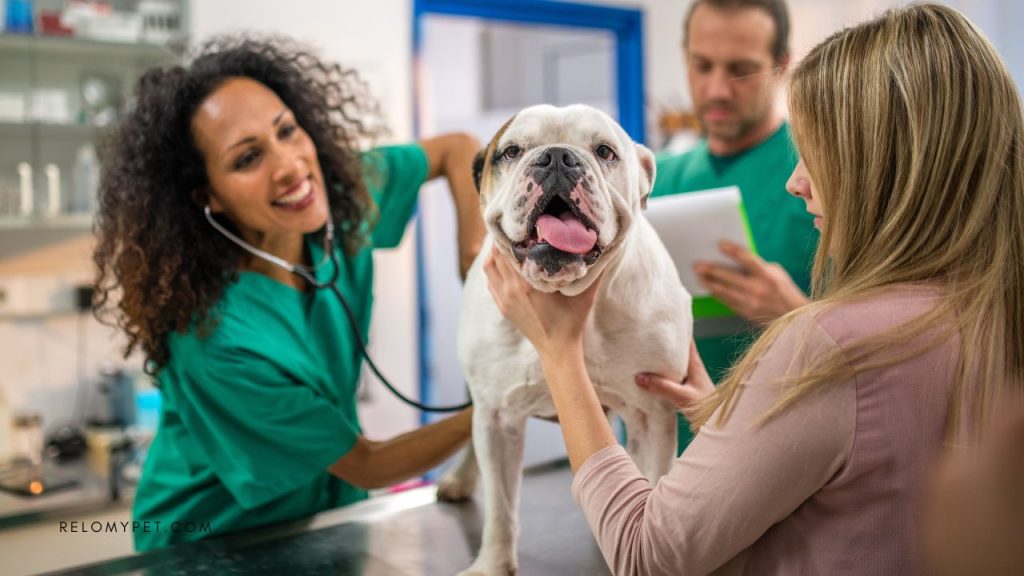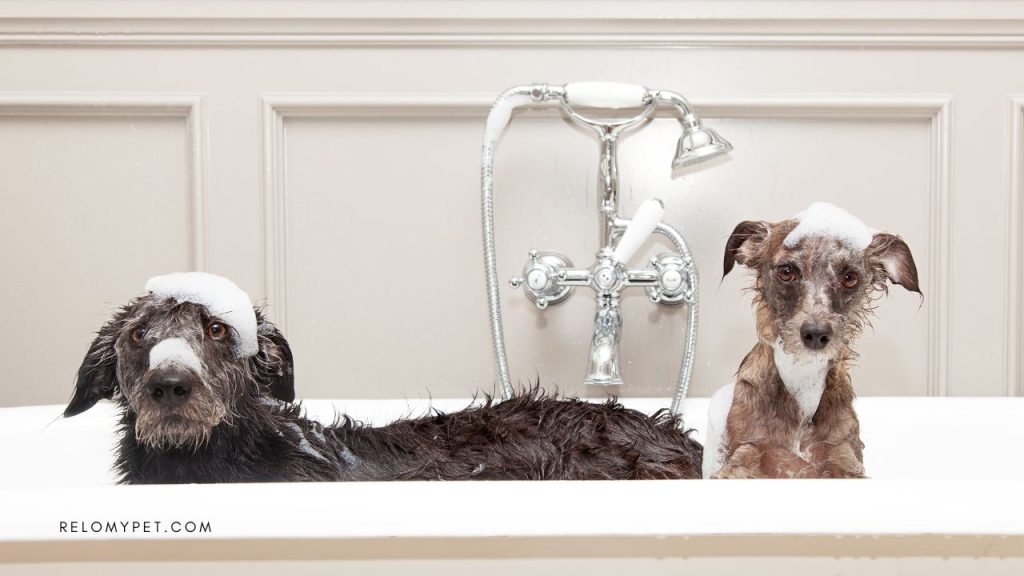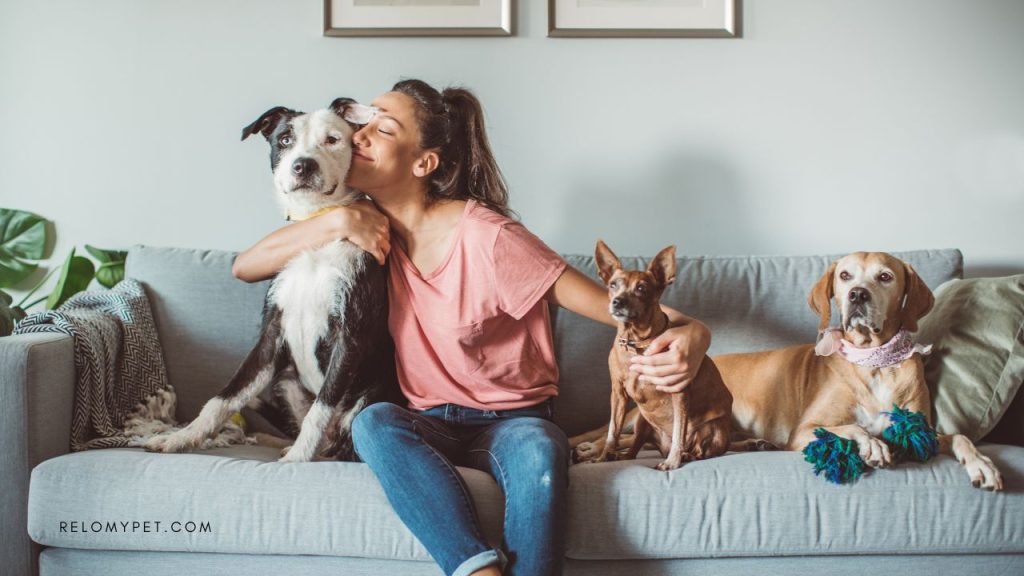Tips for Moving with Multiple Pets: A Comprehensive Guide
Table of Contents
Moving to a new home can be both an exciting and stressful experience, and when you have multiple pets to consider, the process becomes even more complex. Whether you’re relocating across town or to a different part of the country, your furry, feathered, or scaly companions need special attention during the move. To help ease the transition for both you and your pets, we’ve compiled a comprehensive guide filled with tips to ensure a smooth and safe move.

Plan Ahead
The key to a successful move with multiple pets is thorough planning. Start well in advance by creating a checklist that includes all the tasks and preparations necessary for the move. This should include finding pet-friendly housing, arranging for transportation, and updating your pet’s identification.
Research and Planning Checklist:
Research pet-friendly housing options in your new location.
Confirm local pet regulations and any breed restrictions.
Schedule a visit to the veterinarian for health checks and vaccinations.
Discuss the move with your vet, addressing any specific pet health concerns.
Obtain copies of your pets’ medical records and vaccinations.
Choose Pet-Friendly Accommodations
If you’re moving to a new home, ensure that it’s pet-friendly. Check local regulations and the property’s pet policy to make sure your pets are welcome. Look for features like a secure yard or nearby parks for exercise.
Update Pet Identification
Make sure your pets are microchipped and have updated identification tags with your new contact information. This is crucial in case they get lost during the move or in the early days in your new neighborhood.
Update Identification Checklist:
Ensure your pets are microchipped and that the contact information is up-to-date.
Update identification tags with your new address and contact details.
Consider getting a temporary tag with your new address while in transition.
Visit the Veterinarian
Schedule a visit to the vet before the move to ensure your pets are healthy and up to date on vaccinations. Discuss any concerns you may have about the move, including anxiety or motion sickness.

Pack a Pet Essentials Kit
Prepare a separate box or bag containing essential items for your pets. This should include food, water, bowls, medications, toys, bedding, and any other items your pets need daily. Having these items easily accessible will help keep your pets comfortable during the transition.
Pet Essentials Kit Checklist:
Prepare a separate bag or box with essential pet items, including:
Food and water bowls
Enough food and treats for the transition period
Medications and necessary supplements
Leashes, collars, and harnesses
Toys and comfort items
Bedding and blankets
Litter box and litter (for cats)
Grooming supplies
Maintain a Routine
Try to stick to your pets’ regular routine as much as possible before and after the move. Maintaining consistent feeding, walking, and playtimes can help reduce stress and anxiety.

Pet-Proof the New Home
Before allowing your pets to explore their new surroundings, make sure the space is pet-proofed. Check for any potential hazards and secure them to prevent accidents.
Pet-Proof the New Home Checklist:
Remove or secure potential hazards.
Check for toxic plants, chemicals, and accessible cords.
Set up a safe space for your pets to explore gradually.
Introduce Pets Gradually
If you have multiple pets, introduce them to the new home one at a time to reduce stress and potential conflicts. Give them a chance to adjust to their new environment before introducing them to other pets.
Keep Pets Secure During Transit
When traveling with pets, ensure they are safely secured in carriers, crates, or seat belts to prevent accidents and distractions. Take regular breaks for bathroom breaks, exercise, and hydration.

Offer Comfort and Reassurance
Moving can be a confusing and stressful experience for pets. Offer comfort and reassurance through pets, cuddles, and familiar objects. Spend quality time with your pets to help them acclimate to their new surroundings.
Monitor Health and Behavior
Keep a close eye on your pets’ health and behavior in the days and weeks following the move. If you notice any unusual symptoms or changes in behavior, consult with your veterinarian.

Register with a New Vet
Research and register with a local veterinarian in your new area. It’s important to have a healthcare provider for your pets readily available in case of emergencies.
Veterinary Care Checklist:
Register with a local veterinarian in your new area.
Transfer your pets’ medical records to the new vet.
Ensure your pets are up-to-date on vaccinations and preventive treatments.
Explore the Neighborhood Together
Take your pets on walks around the neighborhood to help them become familiar with the new area. This will also provide an opportunity for them to meet their new neighbors – both human and animal.

Be Patient
Remember that the adjustment period for pets can vary, and some may adapt more quickly than others. Be patient and give your pets the time they need to settle into their new home.

Seek Professional Help if Needed
If your pets are having a particularly difficult time adjusting to the move, consider seeking the help of a professional animal behaviorist or trainer who specializes in relocation-related issues.
Moving with multiple pets can be a challenge, but with careful planning and consideration, you can help make the process as smooth and stress-free as possible. Your pets are part of your family, and their well-being is a top priority during this transition. By following these tips, you’ll be well on your way to creating a comfortable and happy home for both you and your beloved companions in your new location.

FAQ: Moving with Multiple Pets
Moving with pets involves thorough planning. Start by creating a checklist, updating pet identification, packing essential items, maintaining routines, and ensuring their safety during transit. Our comprehensive guide above provides detailed steps to help you through the process.
Yes, it’s recommended to transport cats in a secure pet carrier during a move. This ensures their safety and prevents them from getting scared or lost during the journey. Make sure the carrier is well-ventilated and comfortable for your feline friend.
Cats are known for their attachment to their familiar territory, so moving can be stressful for them. However, with proper preparation, patience, and familiar items from their old home, you can help ease their transition and reduce their anxiety.
Finding a pet-friendly apartment requires research. Start by looking for listings that explicitly mention they allow pets. Contact landlords or property management companies to inquire about their pet policies, fees, and restrictions. You can also seek recommendations from local animal shelters or online pet communities in your new area. Remember to get any pet-related agreements in writing before signing a lease.
Contact Relopet International
For seamless and stress-free pet transportation services, rely on Relopet International. We understand the importance of your pet’s safety and comfort, and our expertise ensures a smooth travel experience for both you and your furry companion. Contact us today to learn more about our services.
